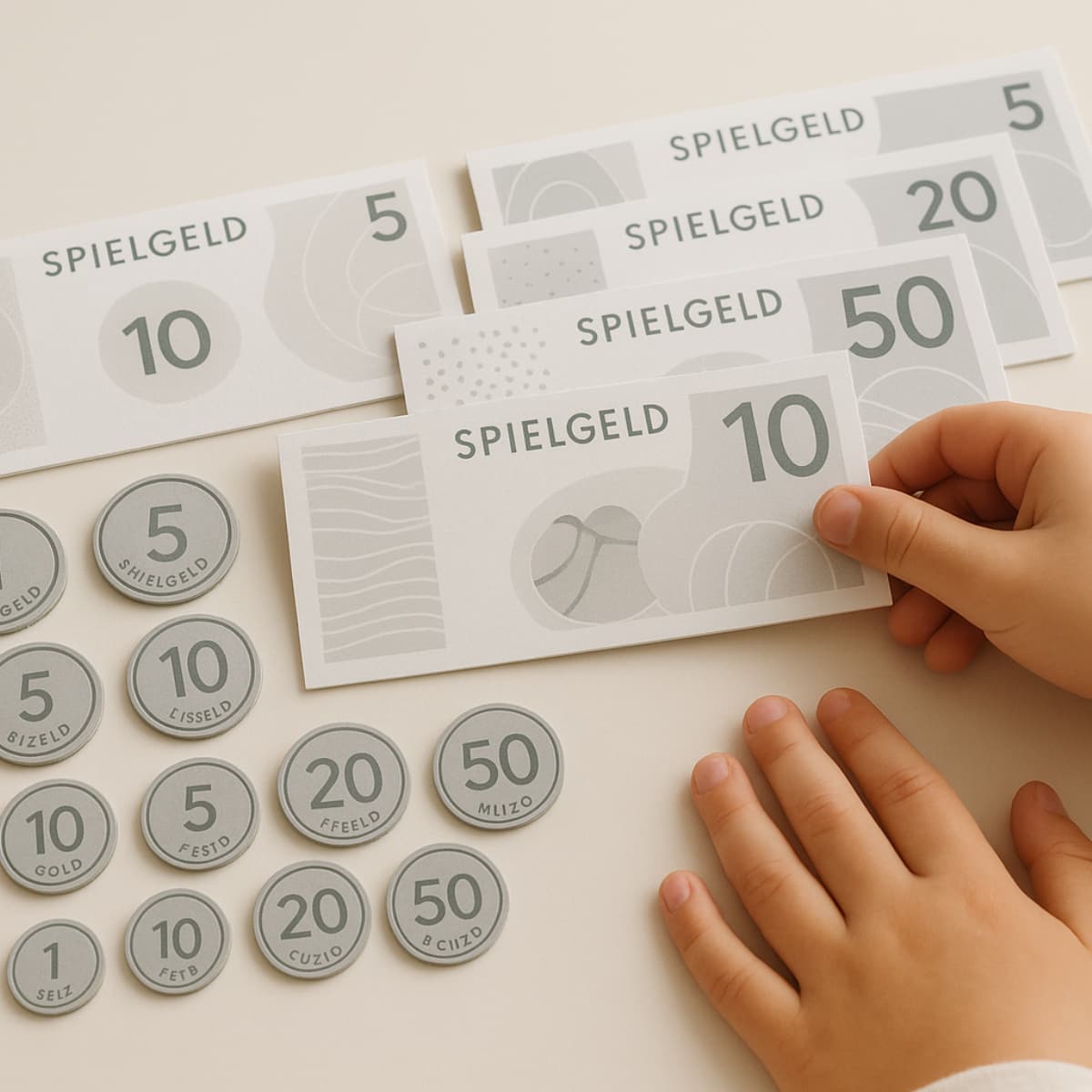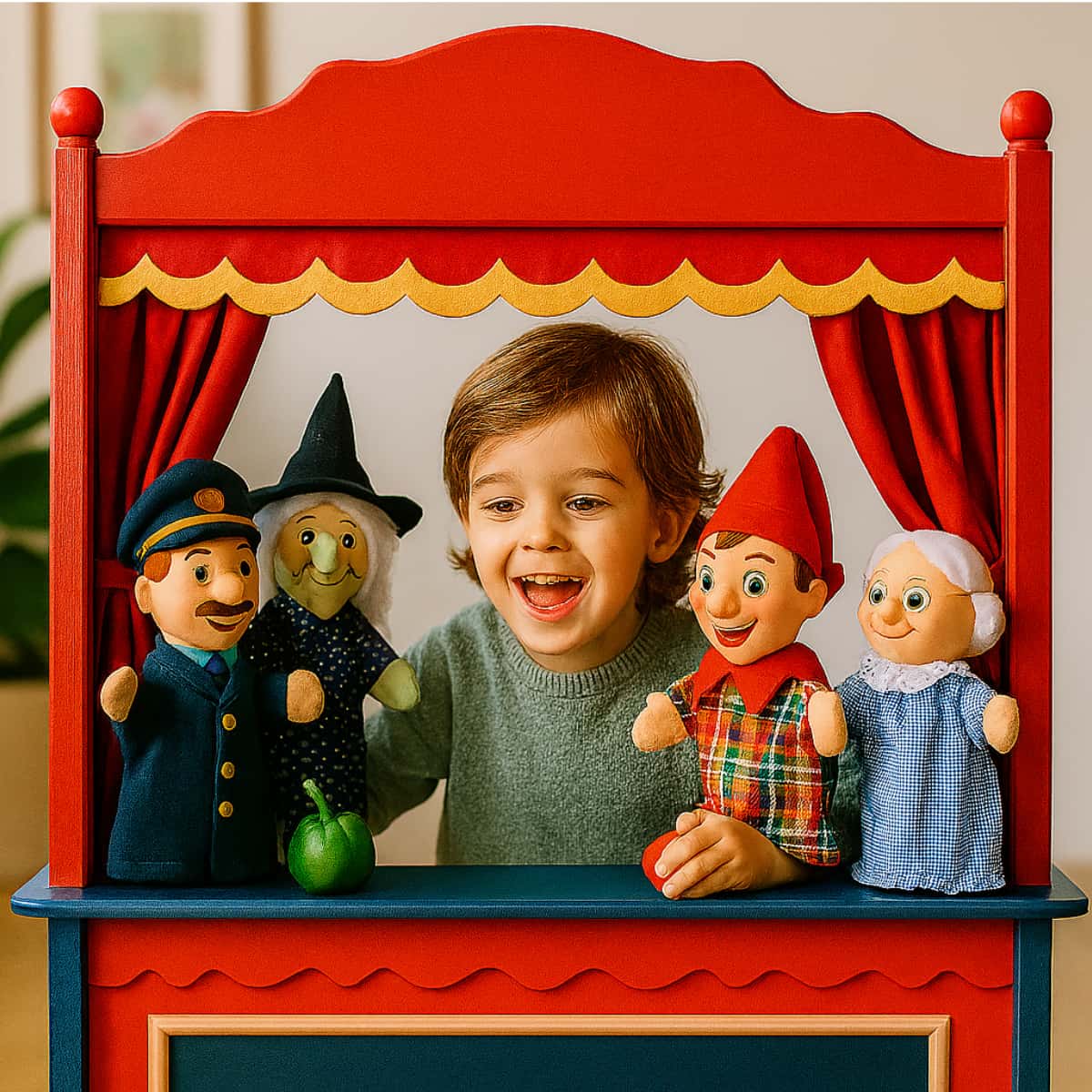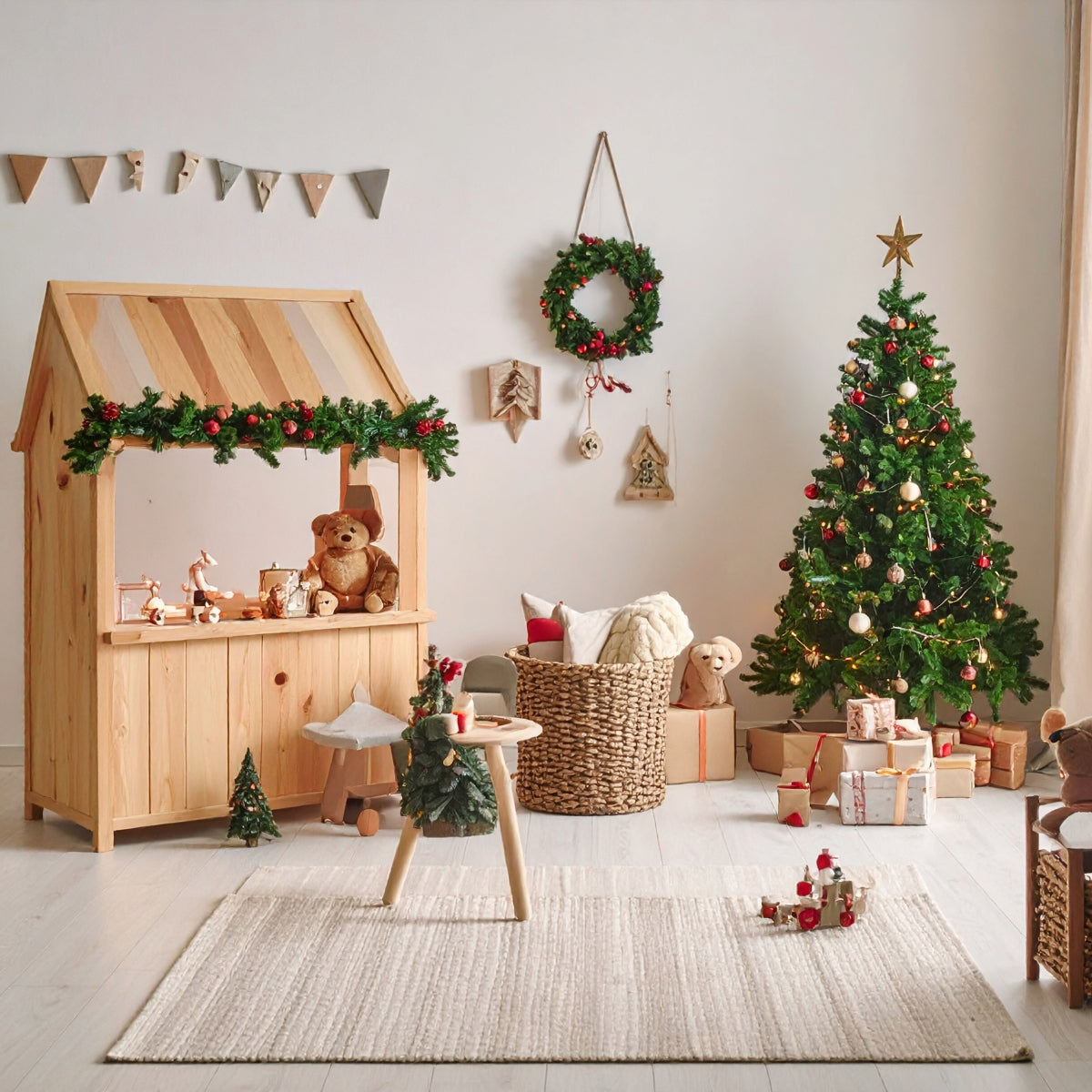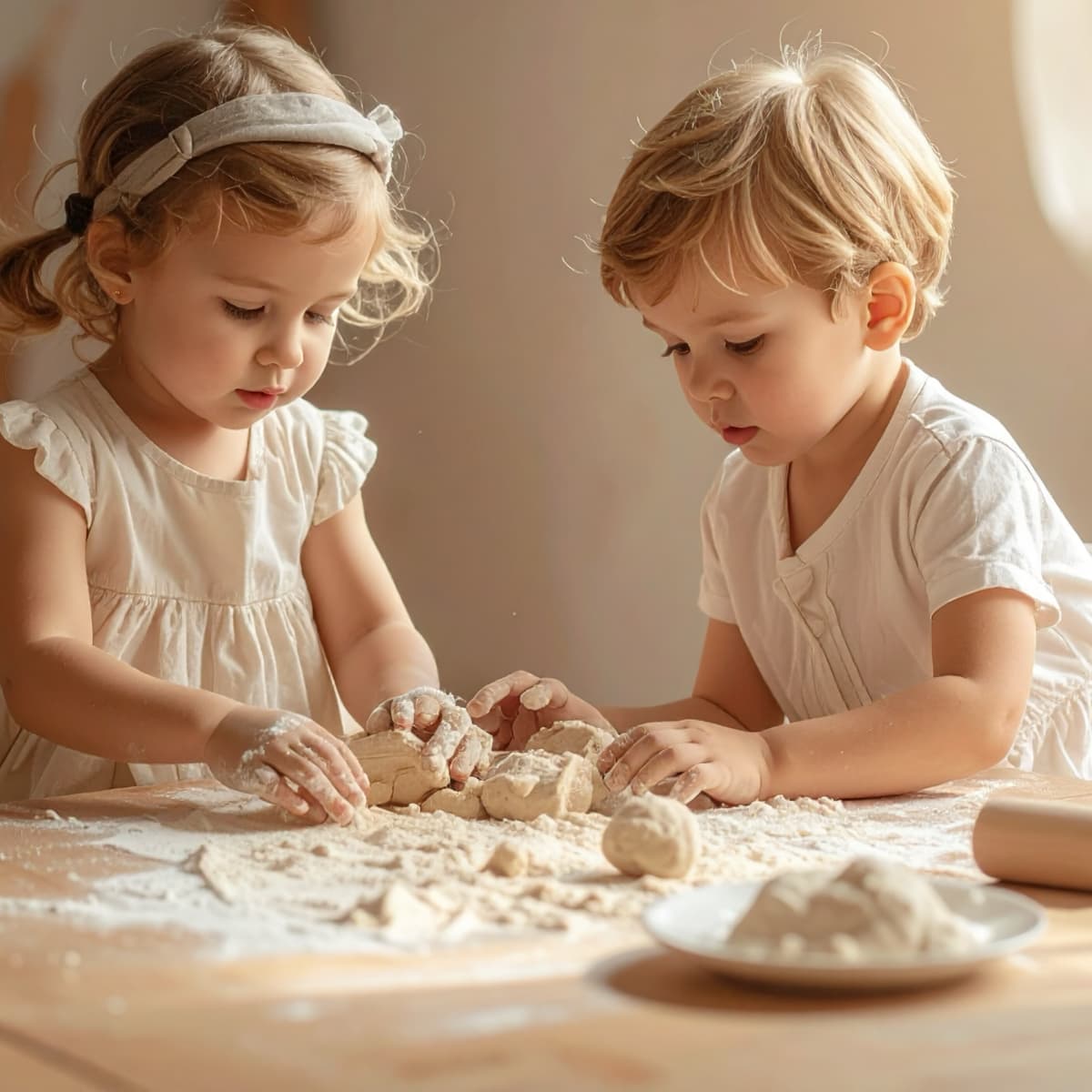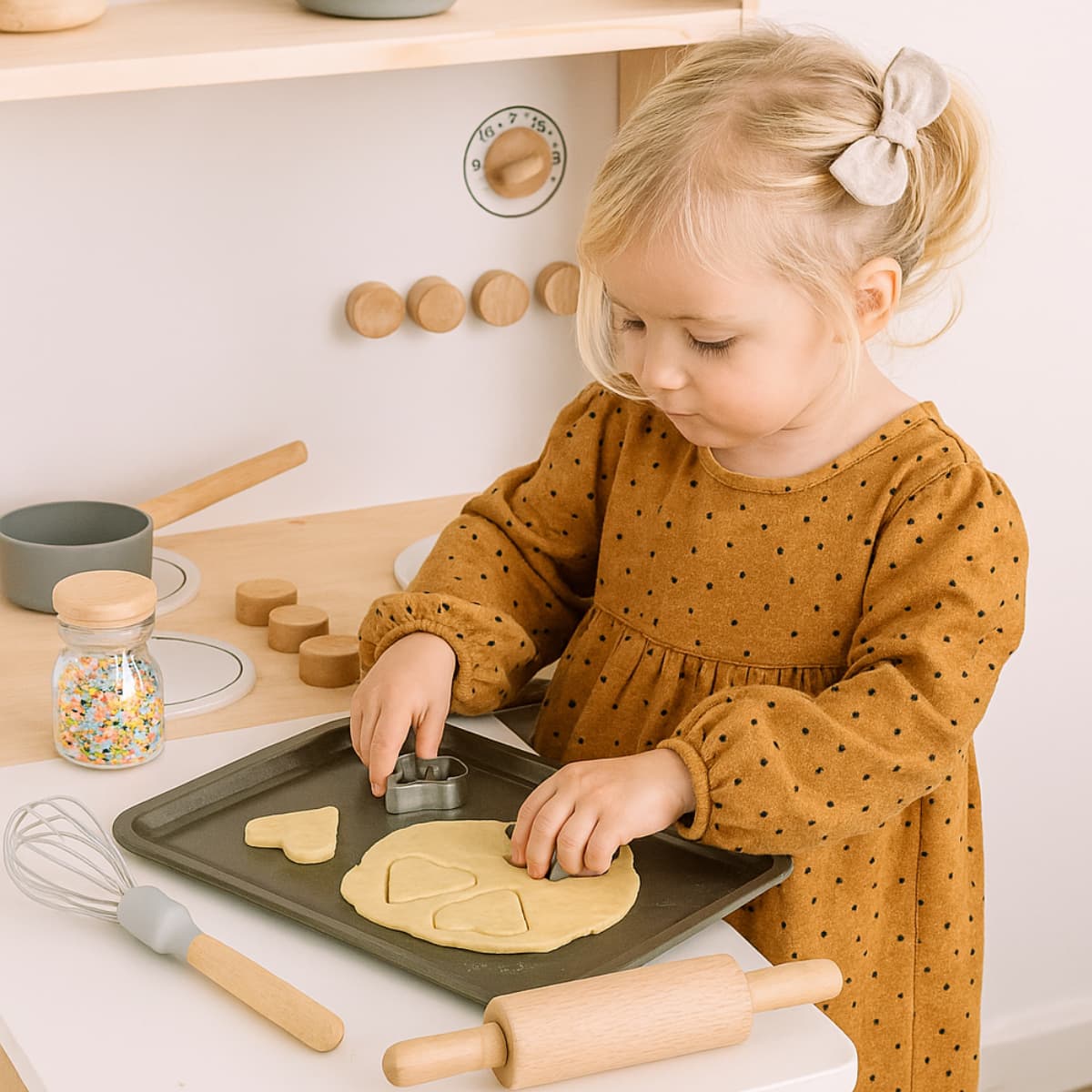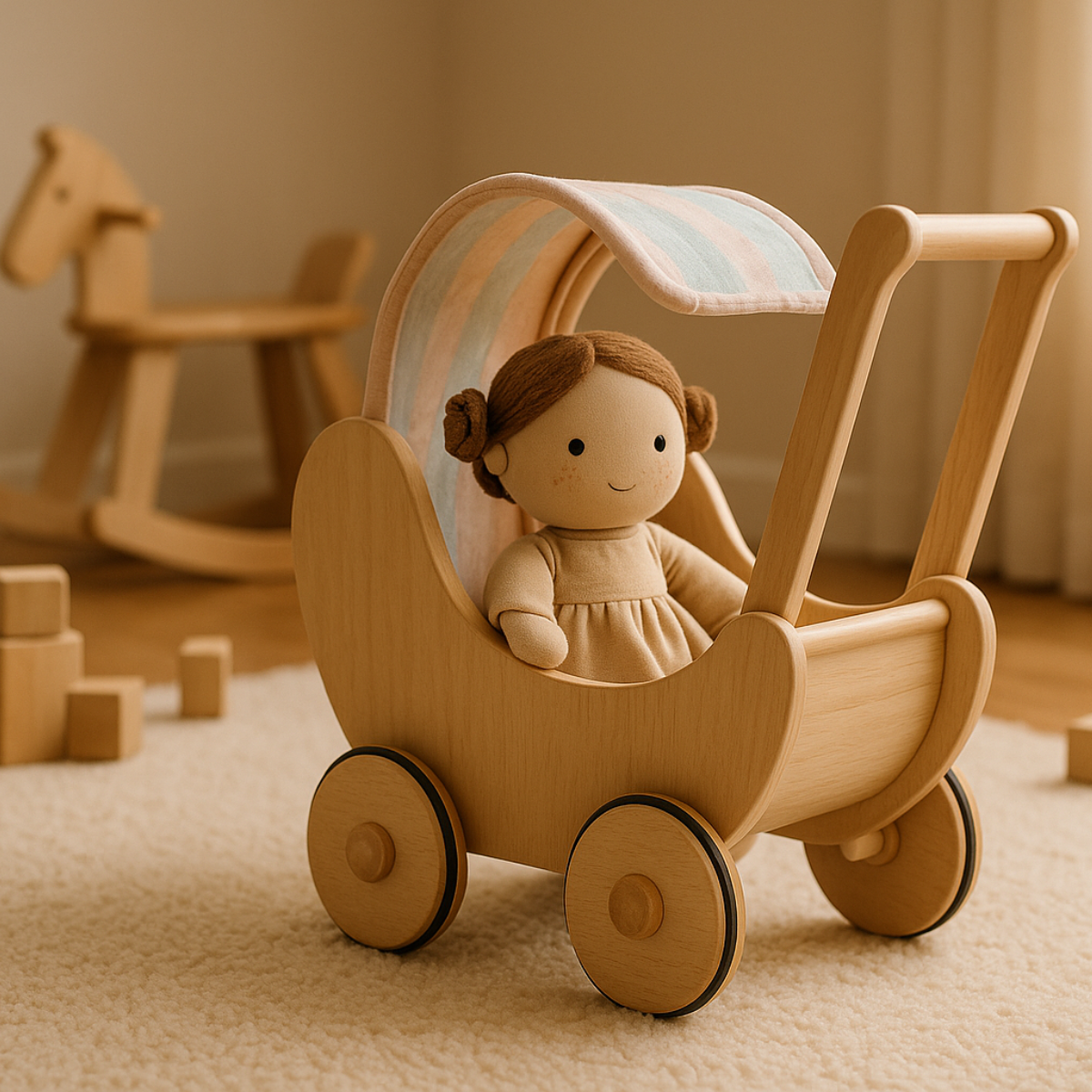
Wooden Toys
Wooden Toys – Timeless Play with Natural Value
1. Definition
Wooden toys are playthings made entirely or primarily from wood. They range from simple building blocks to complex educational sets, and are known for their durability, tactile quality, and developmental benefits. Wooden toys are often praised for their eco-friendliness, safety, and ability to foster open-ended play.
2. Historical Background
Ancient Origins
-
Wooden toys date back to ancient Egypt and Greece, where children played with carved animals and carts.
-
In medieval Europe, wooden figures and religious toys were common.
Industrial Era
-
The 19th century saw the rise of wooden toy manufacturing, especially in regions like the German Erzgebirge.
-
Friedrich Fröbel, founder of the kindergarten concept, introduced educational wooden toys like blocks and pattern boards.
Modern Revival
-
In recent decades, wooden toys have regained popularity due to growing concerns about plastic waste, overstimulation, and sustainability.
-
Artisanal and Montessori-inspired wooden toys are now widely embraced by educators and parents.
3. Materials and Craftsmanship
Common Wood Types
-
Beech, maple, pine, birch, linden, and robinia
-
Chosen for their strength, smooth texture, and low splinter risk
Finishing Techniques
-
Sanding, carving, turning, laser cutting
-
Natural oils, beeswax, and water-based paints for safe finishes
Sustainability
-
FSC- or PEFC-certified wood
-
Locally sourced materials and handmade production
-
Recyclable, repairable, and biodegradable components
4. Educational Benefits
Wooden toys support child development in multiple areas:
| Development Area | Toy Examples | Benefits |
|---|---|---|
| Fine Motor Skills | Puzzles, stacking toys | Grasping, sorting, hand-eye coordination |
| Gross Motor Skills | Rocking horses, push toys | Balance, movement, spatial awareness |
| Cognitive Skills | Building blocks, shape sorters | Problem-solving, logic, planning |
| Creativity | Dollhouses, pretend shops | Imaginative play, storytelling |
| Social Skills | Roleplay sets, board games | Cooperation, empathy, communication |
| Sensory Exploration | Musical toys, texture boards | Tactile, visual, and auditory stimulation |
Wooden toys often encourage slower, more focused play, helping children develop concentration and patience.
5. Safety Standards
Regulations
-
EN 71 (European Toy Safety Standard): covers chemical safety, choking hazards, flammability
-
CE marking: confirms compliance with EU safety laws
-
TÜV or GS certification: additional quality assurance
Key Safety Features
-
Rounded edges and smooth surfaces
-
Non-toxic paints and finishes
-
Durable construction with no small detachable parts
6. Types of Wooden Toys
Classic Toys
-
Building blocks, stacking rings, pull-along animals
Roleplay Toys
-
Dollhouses, kitchens, market stands, tool benches
Learning Toys
-
Alphabet puzzles, counting boards, Montessori materials
Movement Toys
-
Balance boards, ride-ons, climbing frames
Musical Toys
-
Xylophones, rhythm sticks, wooden drums
7. Advantages Over Plastic Toys
| Feature | Wooden Toys | Plastic Toys |
|---|---|---|
| Sustainability | High – natural, recyclable | Low – petroleum-based, non-biodegradable |
| Tactile Experience | Warm, natural feel | Cold, synthetic texture |
| Durability | Long-lasting | Often breakable |
| Repairability | Easy to fix or refurbish | Usually disposable |
| Educational Value | Open-ended, calm play | Often overstimulating or passive |
Wooden toys offer a sensory-rich, grounded alternative to flashy, battery-operated toys.
8. Trends and Future Outlook
-
Retro designs and handcrafted pieces are in high demand.
-
Personalized toys (e.g. with names or birthdates) are gaining popularity.
-
Digital-free play is increasingly valued in early childhood education.
-
Wooden toys in schools and kindergartens are used to promote mindfulness and focus.

